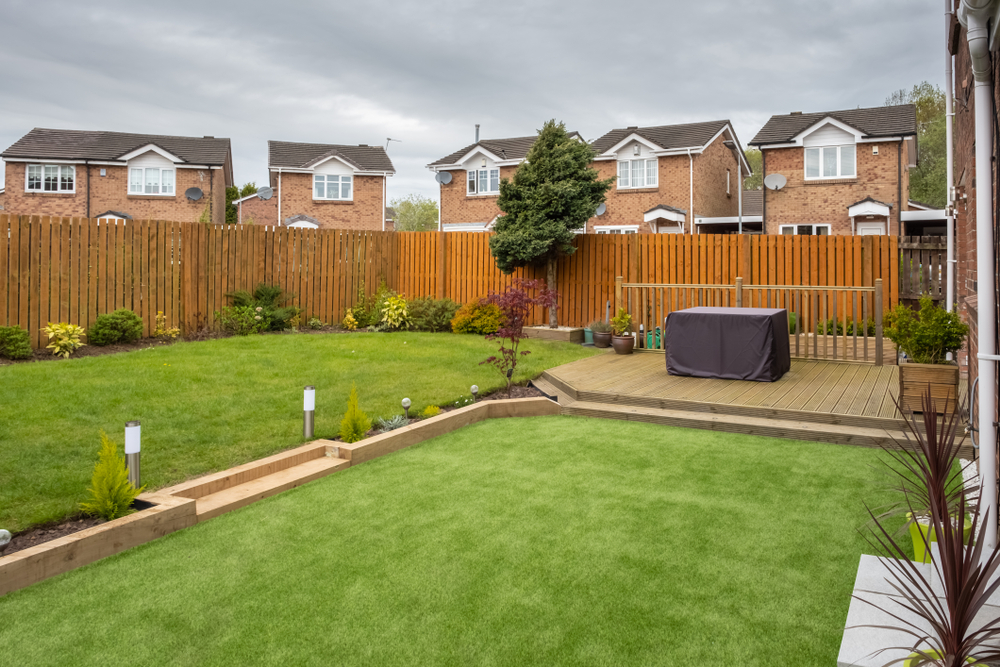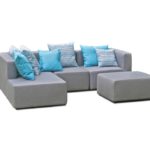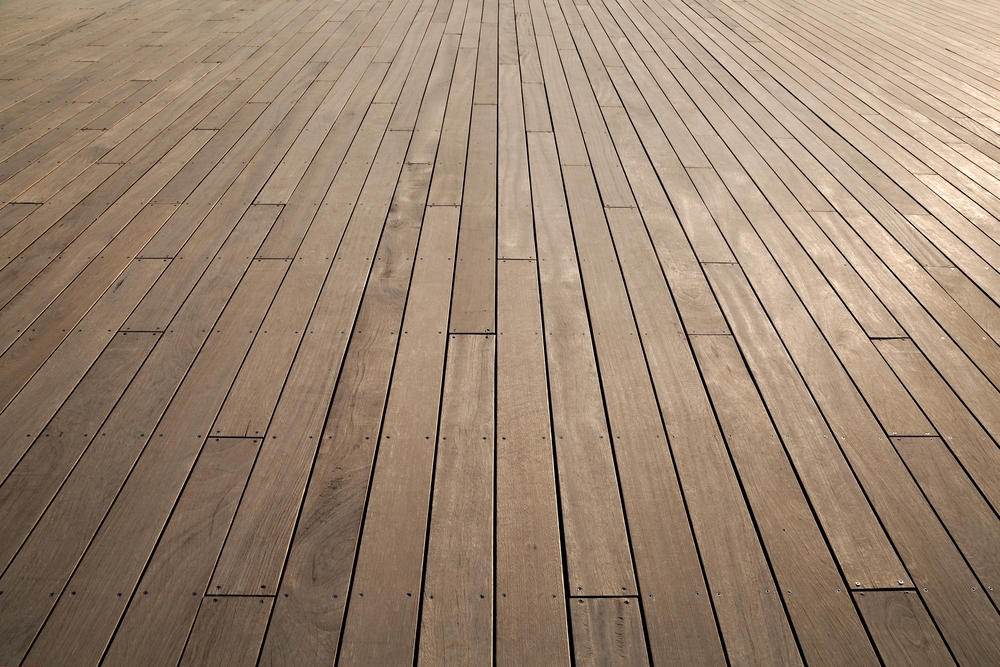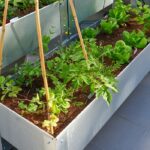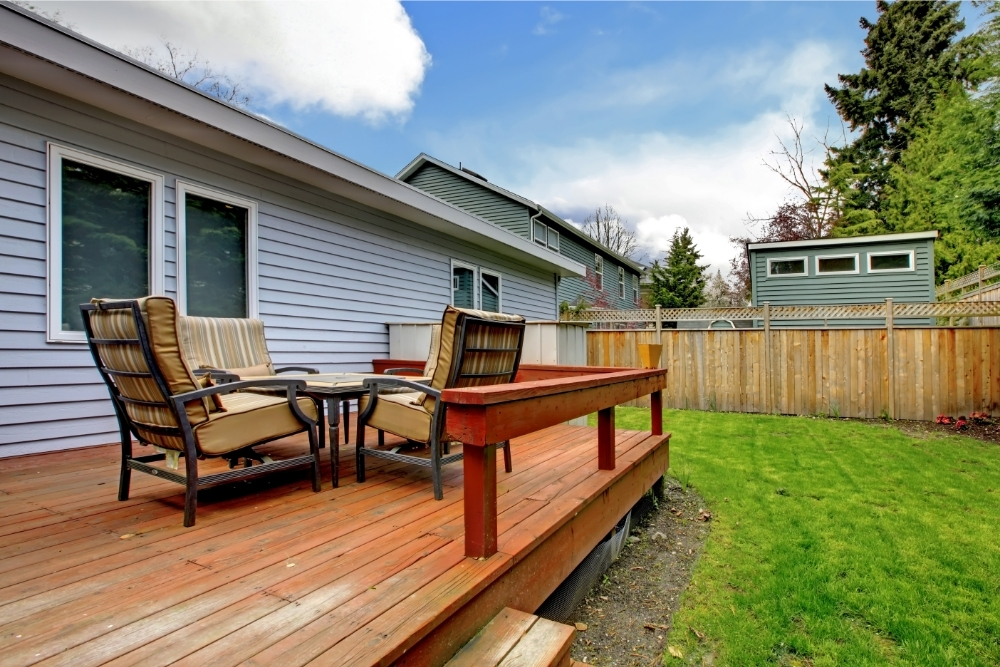Conventional raised beds are constructed by stacking layers of wood in the form of a box and then adding a fabric layer or ground cloth at the bottom to improve drainage. Fabric raised beds are an improvement on this design, providing gardeners with all the advantages of a traditional wooden raised bed without any of the potential downsides. But what exactly are fabric raised beds?
Fabric raised beds are made with geotextiles like polypropylene and polyester. They’re extremely lightweight and durable, keep roots well-aerated, and provide the perfect level of drainage. They’re also cheaper than wooden beds and can be used to grow almost all fruits and vegetables.
Along with providing ease and efficiency, fabric raised beds also help gardeners save space, money, and time. With almost no wasted space, they’re incredibly easy to maintain and ensure high yields. Let’s look at what exactly fabric raised beds are, how they compare to wooden ones, and how you can care for your raised beds.
What Are Fabric Raised Beds?
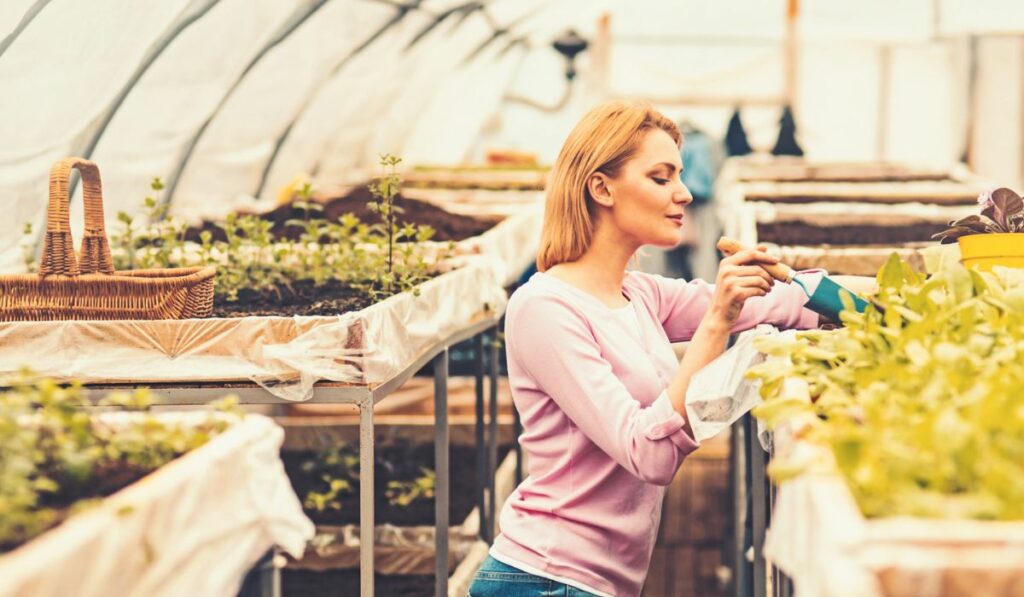
Raised beds are extremely popular among both professional growers and beginners.
Traditional raised beds are designed with layers of wood stacked up in the form of a box, and they have a fabric layer or ground cloth at the bottom to prevent weed growth and improve drainage.
However, the idea of constructing costly wood frames, purchasing an expensive prefabricated kit, or bringing in heavy blocks or stones to build the frames prevents most people from growing their plants in raised beds.
This is where fabric raised beds come in. Instead of assembling your frames from scratch, you can easily start growing your plants in lightweight fabric beds.
Available in several different colors and sizes, fabric beds, like this one from Victory 8 Garden (on Amazon), are a great way to start a productive, affordable, and easy-to-assemble raised bed garden.
Fabric beds keep plant roots well-aerated and provide garden plants with the perfect level of drainage. If you fill the bed with a blend consisting of 25% high-quality potting soil, 25% garden soil, and 50% compost, you’ll be able to grow a wide variety of vegetables and enjoy ample harvests with only a bit of time and effort.
What Are the Benefits of Gardening in Fabric Raised Beds?
Fabric raised beds are incredibly versatile and lightweight, making them extremely practical for those who don’t have in-ground gardens.
They also have several other advantages, such as:
Improved Aeration
Thanks to their breathable design, fabric raised beds offer superior aeration to plant roots. This helps support a thriving microbial population and prevents soil-borne pathogens from spreading and potentially damaging plant growth.
Better Drainage
Good drainage is essential for maintaining the right level of soil moisture, supporting microbial populations, and preventing overwatering.
Fortunately, fabric raised beds offer excellent drainage, eliminating the need for any additional drainage layers or excessive amendments.
This is because the porous material allows water to drain naturally from the soil once it exceeds its water-holding capacity.
Ease of Assembly
You can easily assemble fabric raised beds without the help of any tools. This makes their setup an incredibly easy project that can be completed by almost anyone, including kids — and it’s an excellent way to get them used to working in the garden.
Durable and Lightweight Construction
Fabric raised beds are lighter and more durable than traditional wooden raised beds. In fact, most of them only weigh around 10 pounds when assembled completely.
But don’t let their lightweight design fool you. These beds are also built to last and will allow you to grow your vegetables for several years, especially if you clean and maintain them properly.
No Wood Rot
Wooden-raised beds are much more susceptible to rot, pest infestation, and mold than the fabric used in fabric raised beds.
It’s also important to note that if you don’t properly treat the wood with a polymer coating or chemical-based sealant, it will quickly degrade, reducing the longevity of all your planter boxes.
However, since fabric raised beds usually have a UV-stabilized polypropylene fabric for their body and PVC piping for their framework, they’ll be able to support plant growth for several years, even in extremely demanding growing conditions.
Lower Cost
Most fabric raised beds come with pre-measured parts and are ready to use right out of the box, allowing you to start building your raised garden bed as soon as possible.
Since fabric raised beds have such an easy setup process, they also help gardeners save time and money. In contrast, the cost of wooden raised beds adds up quickly and they also require a lot of labor to construct.
Easy Storage
Smaller fabric raised beds are incredibly easy to store as well. In fact, you can simply empty them during winter, fold them up, and then store them in your shed or garage.
Portability
Even when full, you can easily move most fabric raised beds because of their lightweight and durable design. Most styles are also designed with handles — like these ones from Nardo Visgo (on Amazon) — making it easier to drag them onto a dolly or cart them around in a wheelbarrow.
What Materials Are Fabric Raised Beds Made Of?
Most fabric raised beds are made of geotextiles. These are basically permeable fabrics that are made from polyester or polypropylene. Some fabric beds are also BPA-free, and some are made completely from recycled plastic water bottles.
Since the fabrics are permeable, they allow a process called root pruning, or air pruning, to occur. As air circulates through the beds, it strengthens the root system of your plants.
Also, instead of the plant’s roots hitting the edges of the bed and curling around as they normally would with plastic or wood, it starts to branch laterally. This results in a denser root system with stronger roots that soak up nutrients and water for the plant.
Although most fabric raised beds are black in color, they don’t really retain as much heat as you would expect. Since air flows continuously through the porous fabric, the plant is cool at all times.
What Can You Grow in Fabric Beds?
Any fruit or vegetable that you can grow in the ground can also be grown in fabric raised beds. From leafy greens and root crops to beans and tomatoes, you can grow almost any vegetable in fabric beds.
What’s more, these beds will provide you with higher yields, so you can grow and enjoy more vegetables and fruits throughout the growing season.
However, remember to plant spreaders, such as mint, in smaller fabric pots. If you plant them in in-ground gardens, you’ll be stuck pulling them out forever.
On the other hand, if you have a small fabric pot, you’ll be able to grow a nice, clean, easy-to-maintain collection of chamomile or mint that won’t completely take over your garden.
How to Care for Fabric Raised Bed Gardens
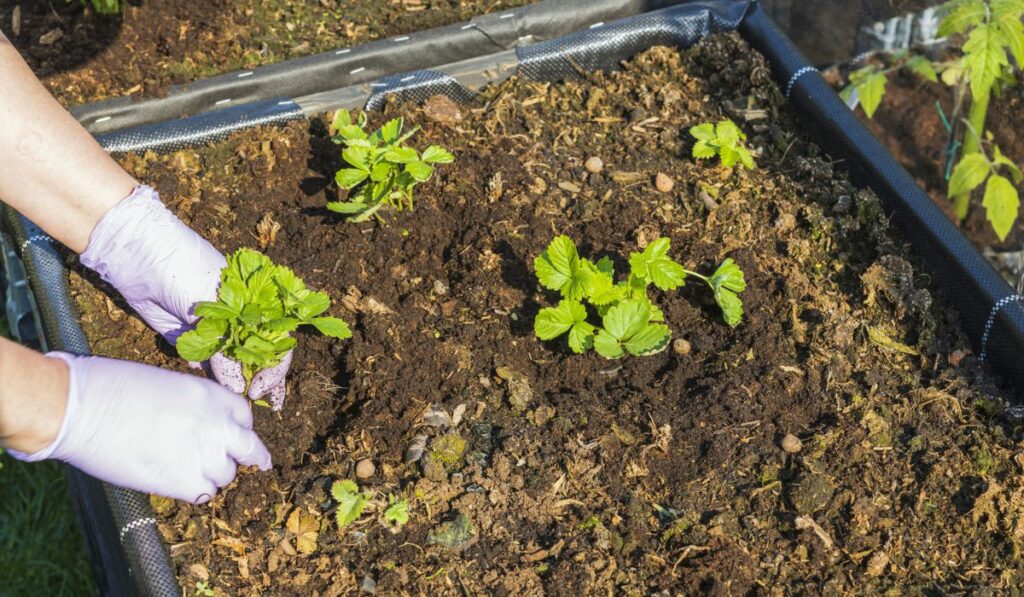
Since they’re placed above ground, fabric raised beds usually drain quickly. While this trait is excellent for early spring plantings, it also means that you’ll have to religiously irrigate your fabric raised beds in hot and dry weather.
If you’re planning on placing your fabric raised beds on a balcony, make sure you figure out a way to prevent the water from dripping down to all the floors below.
If you use a tray or something like that underneath, remember to check that the pots aren’t sitting in water, as this can lead to unwanted pests and root rot.
It’s advisable to cover your fabric raised beds with a two-inch thick layer of shredded leaves or straw as well.
Along with reducing your plant’s watering needs, this mulching will also limit the growth of weeds and add more nutrients to the soil. Remember that it’s best to mulch raised beds right after planting.
It’s also better to amend the soil in fabric raised beds by adding a couple of inches of high-quality compost every spring. This yearly addition will help revive the soil and keep the plants fed all season long.
Lastly, in order to wash fabric pots, simply throw them in your washing machine when they’re not in use.

